Quanergy CEO and founder Louay Eldada is, by any standard of measure, a pioneer in the development of LiDARs for driverless vehicles.
Eldada's involvement with designing and engineering optical sensors dates back to his research work on LiDAR (light detection and ranging sensors) for the US Department of Defense's Defense Advanced Research Projects Agency as part of his PhD thesis in optical engineering at Columbia University in 1990. At that time, self-driving vehicles were largely a study of comparatively rudimentary rule-based programming as much as they were about robotics. This was long before deep machine learning with neural networks would allow cars to teach themselves to drive as they have begun to do today.
After completing this doctorate work at Columbia, Eldada already had firsthand knowledge about LiDAR's potential. He began to apply his engineering skills and develop his business acumen over the course of his professional career while serving as a lead engineer or holding CTO roles at mostly photonics-related companies or divisions. These included tenures as CTO, vice president of engineering, and founder of DuPont's Photonics division; CTO, vice president of engineering, and vice president of operations for HelioVolt; chief science officer and vice president of global R&D at SunEdison; and vice president of technology at Amprius.
In 2012, Eldada went it alone to start up Quanergy in the garage of his Sunnyvale, California home. Then, OEM customers already knew what LiDAR was and how it was a critical component in self-driving vehicle designs of the future. However, Eldada struggled to convince investors during his company's startup phase about how driverless cars were expected to disrupt the transportation industry on a profound scale and would require LiDARs to do that.
"Potential investors treated us like a bunch of science fiction nuts," Eldada said. "That was the sum of their reaction, even when we were able to show a working prototype."
These days, Eldada doesn't worry as much about raising capital as he used to now after his company's valuation reached $1.6 billion in 2016. The robust solid-state LiDARs Quanergy makes is in high demand thanks to falling prices and their ability to stand up to the punishment that automotive components must withstand.
Driverless caught up with Eldada, who spoke about his role in the self-driving vehicle revolution, both past and present, and key relationships he has forged during the course of his career.
Driverless: What is the status of LiDAR's development and how will it help to advance the commercial rollout of driverless cars?
Louay Eldada: What I can say is that whenever LiDAR is used as the primary sensor, then it must be solid state because it is a safety-critical application. It cannot be mechanical, because mechanical LiDAR can fail and that is unacceptable as a primary sensor.
D: When you started Quanergy, did you have any idea that driverless in the 21st-century might be be as important as the industrial revolution?
LE: I started the company in my home garage in Sunnyvale in Silicon Valley in October 2012. We first began to talk with the OEMs. It became clear that driverless would be big. But I wish all of the investors had done their homework at that time. It was difficult to raise money with traditional VCs because they thought we were describing science-fiction scenarios to them.
When I was explaining to investors that driverless vehicles were being developed and the concept that vehicles without a human being would come and pick you up and drive you to where you wanted to go. I explained how you would be able to work and take a nap in the back of the car. But investors said that was never going to happen. They said society would never accept it and it would never be allowed to happen by legislators. They treated us like a bunch of science fiction nuts.
But in reality, everything we told investors was based on years of my research experience and what OEMs told us. But still, they would leave the discussion by saying the topic was out of their focus and told us to have a nice day.
But already by then, it was clear that we were on to something big.
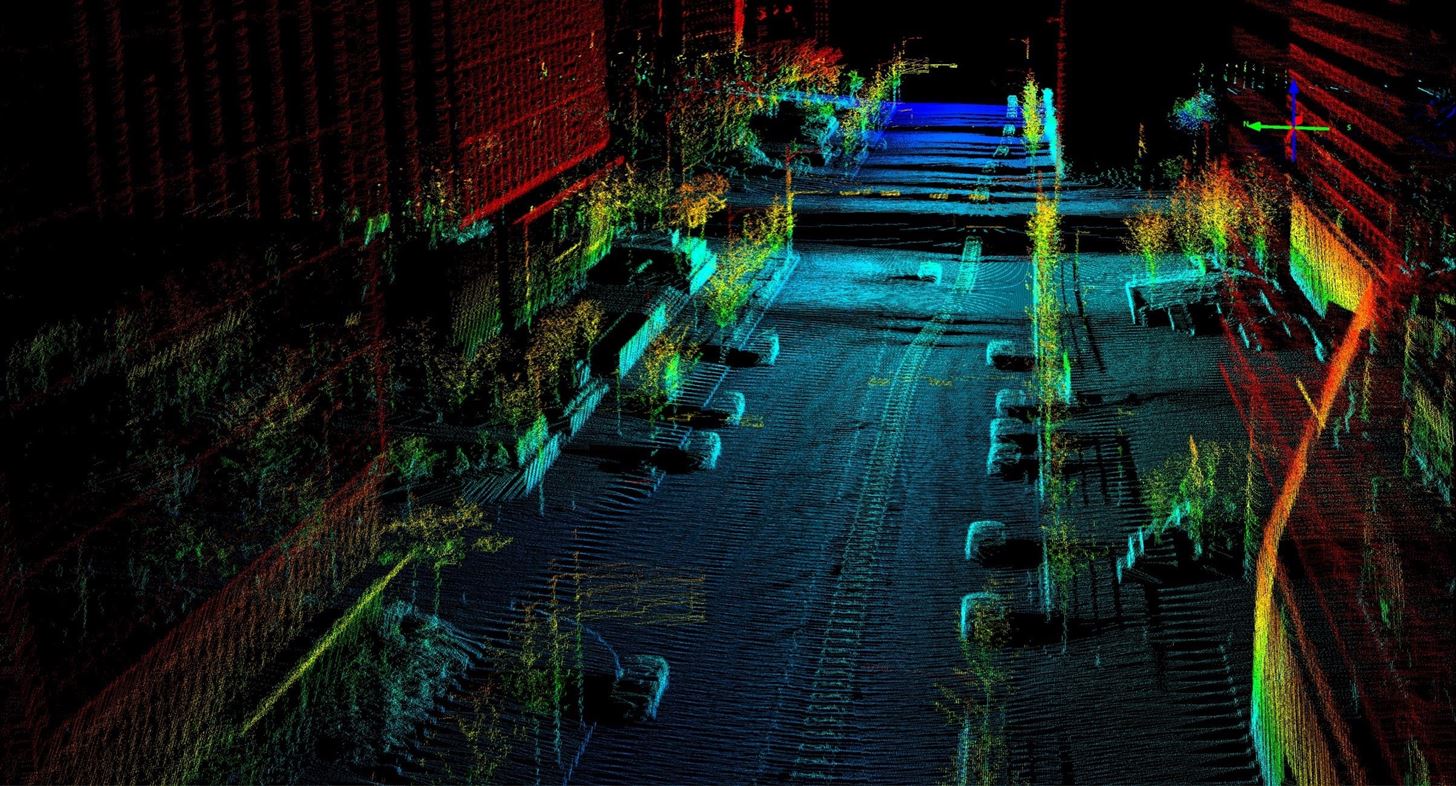
D: How would you describe the early development of LiDAR and how it is now used to send information to self-taught machines with neural networks that drive cars much better than humans can?
LE: Let me start by saying 27 years ago in 1990, I developed the first chip for DARPA for steering and other capabilities as a LiDAR function. This was the topic of my PhD thesis at Columbia University. I then started working for companies with the same core team that has been working with me during the past 27 years. Everything has revolved around creating complex devices for photonics circuitry.
Since the days when I first began working on my PhD thesis in 1990, I have continued to work closely with DARPA and to develop photonics applications for autonomous vehicles for almost three decades.
Within a few months after starting Quanergy in my garage in 2012, we already had developed a working LiDAR prototype and invited tier-one automotive suppliers to my house so they could see it in my garage. It was your typical Silicon Valley startup. Fast forward four and one half years later, and we are now a unicorn. Our last valuation over a year ago was $1.6 billion and we plan to go public next year. It has been quite a ride.
D: Is there someone who has had a major influence on your career and life as a mentor?
LE: Sure, my first job after getting my PhD at Columbia university was at Honeywell where I met Lawrence ("Larry") Bossidy who was then the CEO.
Let me just say Larry Bossidy is my hero. He is a no-nonsense guys and is driven by results. He was instrumental in bringing Six Sigma (business and manufacturing processes that can be quantified, improved upon, and analyzed in ways that reduce variability) first to General Electric (GE) and then in a practical way as CEO of AlliedSignal (which later became Honeywell). Six years working with him was my MBA.
Larry believes in structured development. This involves talking to the customer first, and analyzing the voice of the customer before they even begin to explore an idea. Ultimately, it is about delighting the customer by over delivering. And this is what I did by first analyzing the voice of the customer and then over delivering when I founded Quanergy.
As Larry taught me to do, I began to analyze the voice of the customer during the startup phase and continued to over deliver. Much of what I have done has involved using structured processes and staged development by applying Six Sigma, which I have learned to do from Larry.
His influence has helped me to grow Quanergy from a Silicon Valley startup that began in my garage to make it a unicorn it has become today and a leading producer of LiDAR for the driverless car space as well as for the US Department of Defense.

D: Are you actively involved in mentoring others on their career track either in the US or abroad, such as in the Middle East after growing up in Lebanon?
LE: I try to give back both to the country that has embraced me, which is the US, and to the country and region of the world I've come from. I am as passionate about the US as anybody I know. It has always been my dream to come here. And I try to do whatever I can in terms of job creation, helping the US government's Department of Defense, and anything else I can do to help the US for the opportunities it has given me. I realize fully that everything I've done could not have been possible outside of the US. It is definitely the land of opportunity. The American dream is alive and well, which I have experienced firsthand.
In terms of giving back to where I come from, I'm actively involved in the MIT Enterprise Forum, which mentors people from all over the world, including the Middle East. There, I help other people focus on technology, to become entrepreneurs, to live the life I've lived, and to experience the opportunities I've had. I try to help people realize their potential by coaching people about how to start their own companies, to develop the right corporate culture, and so on.
It all goes back to what I learned from Larry Bossidy, as I try to pass on what he taught me to others.
Just updated your iPhone? You'll find new emoji, enhanced security, podcast transcripts, Apple Cash virtual numbers, and other useful features. There are even new additions hidden within Safari. Find out what's new and changed on your iPhone with the iOS 17.4 update.
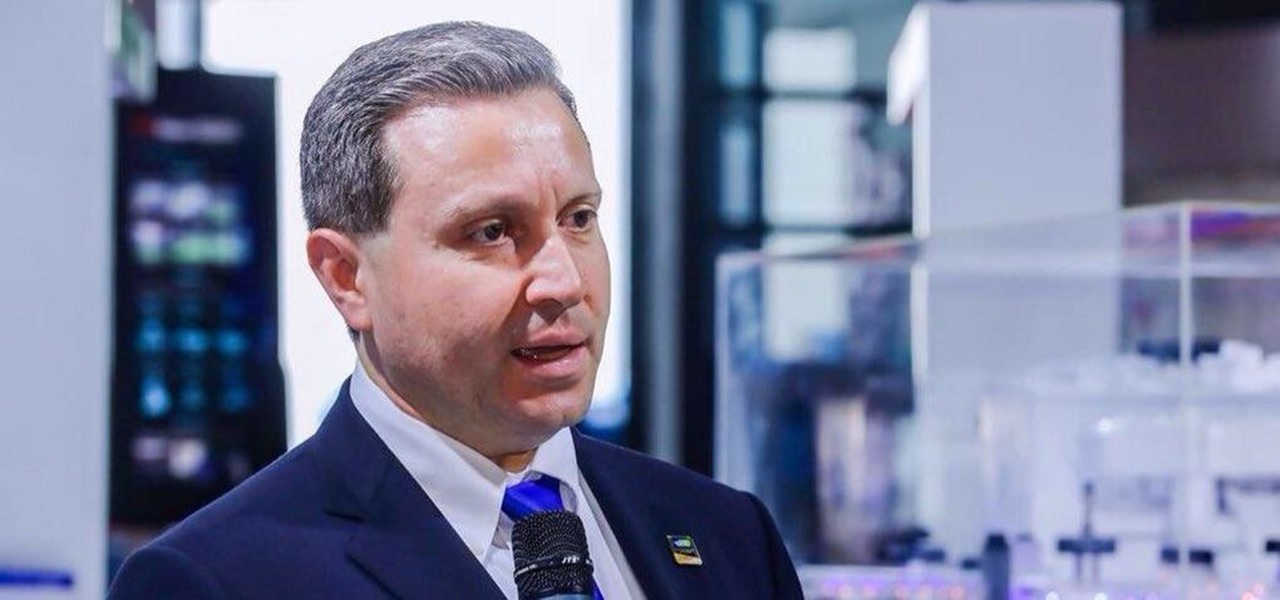


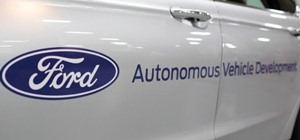

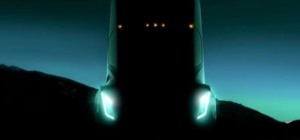

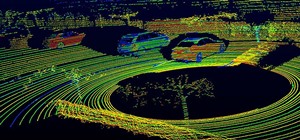


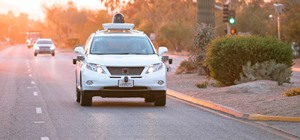
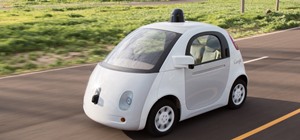
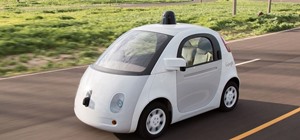
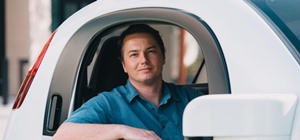
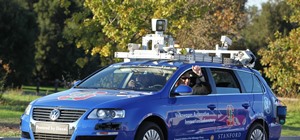

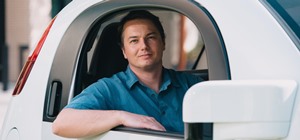
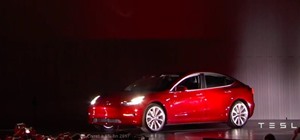



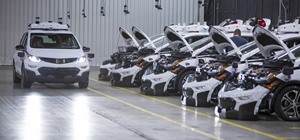
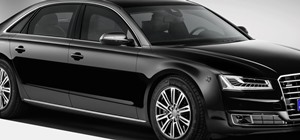
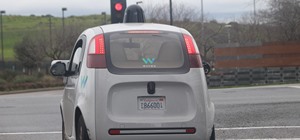
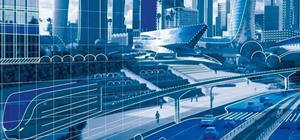
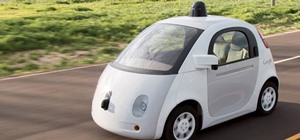
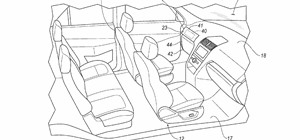
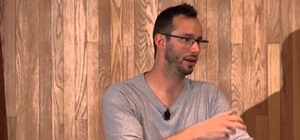
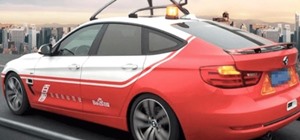
Be the First to Comment
Share Your Thoughts